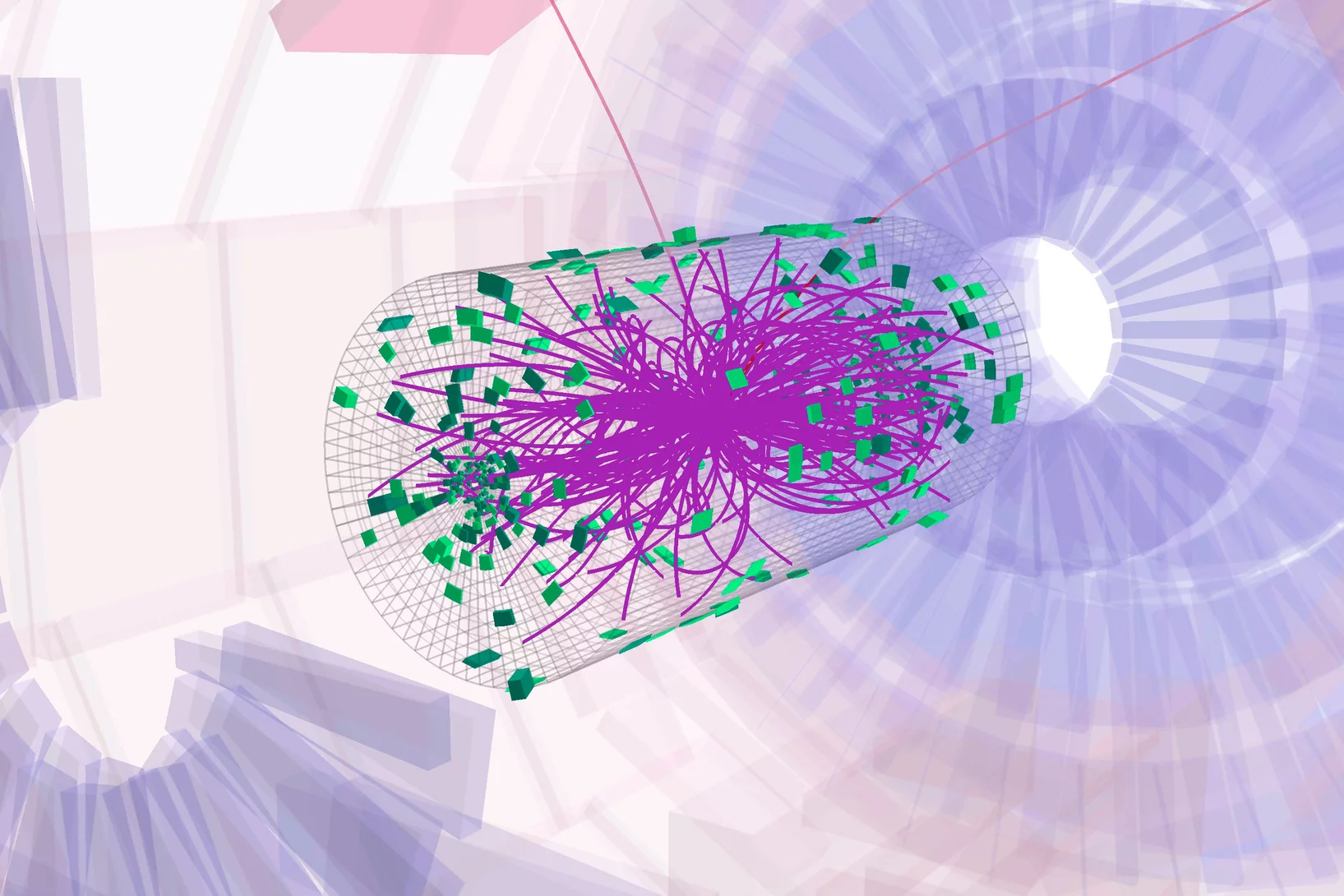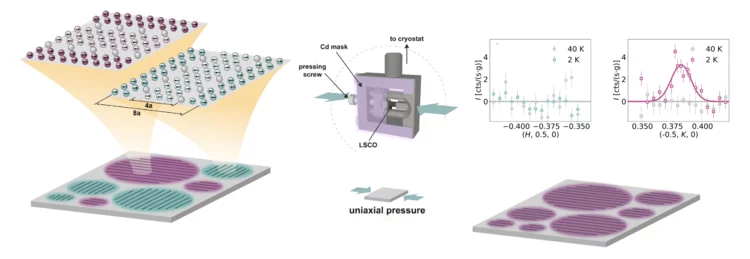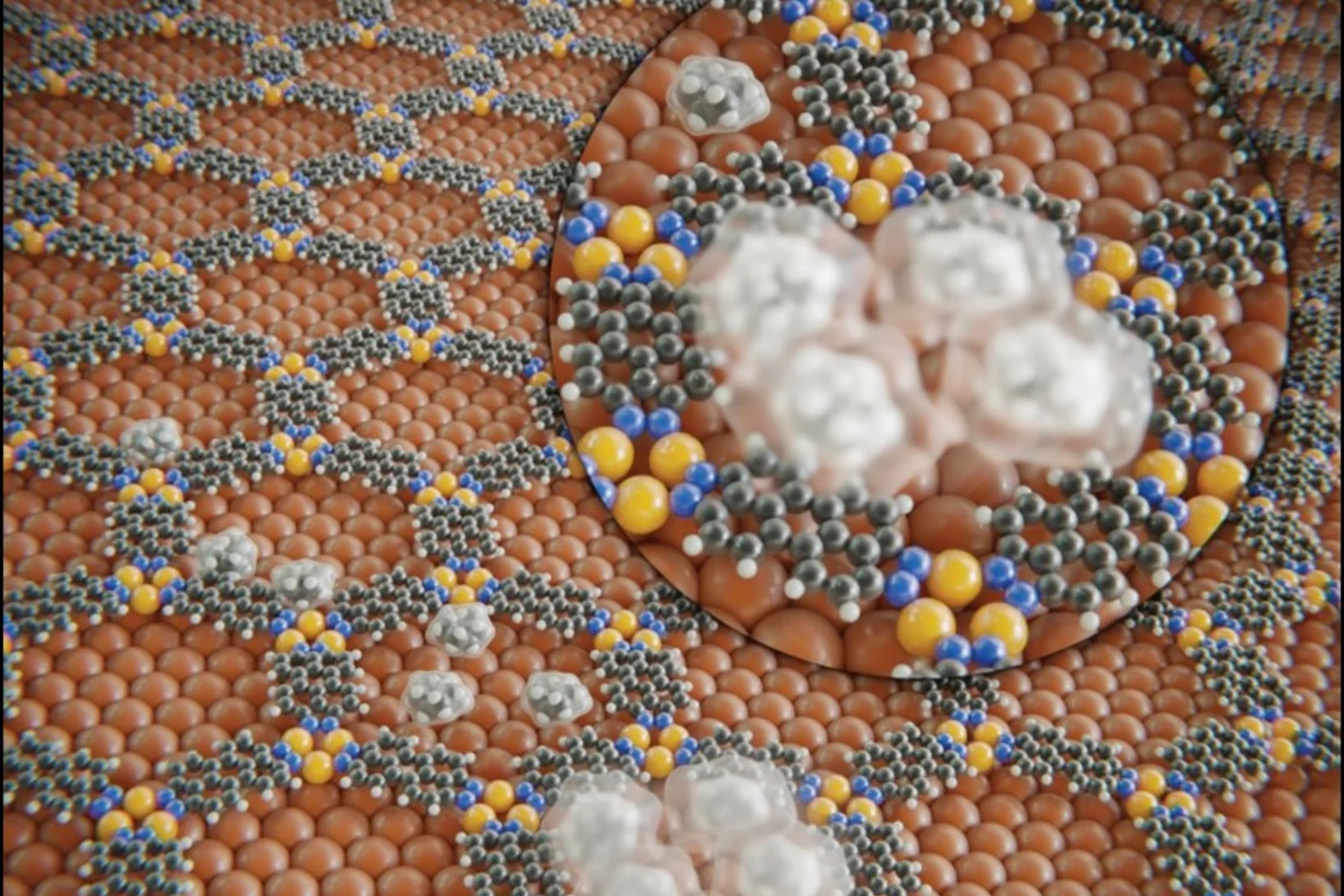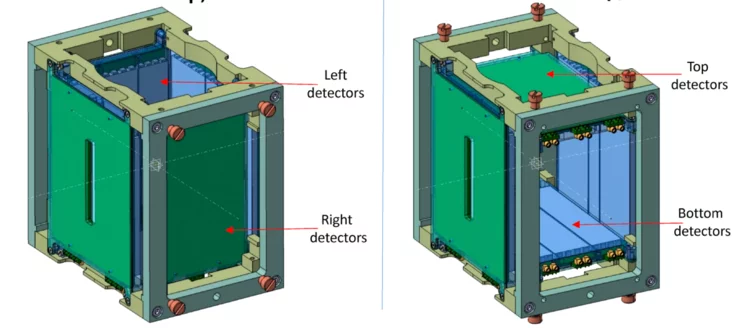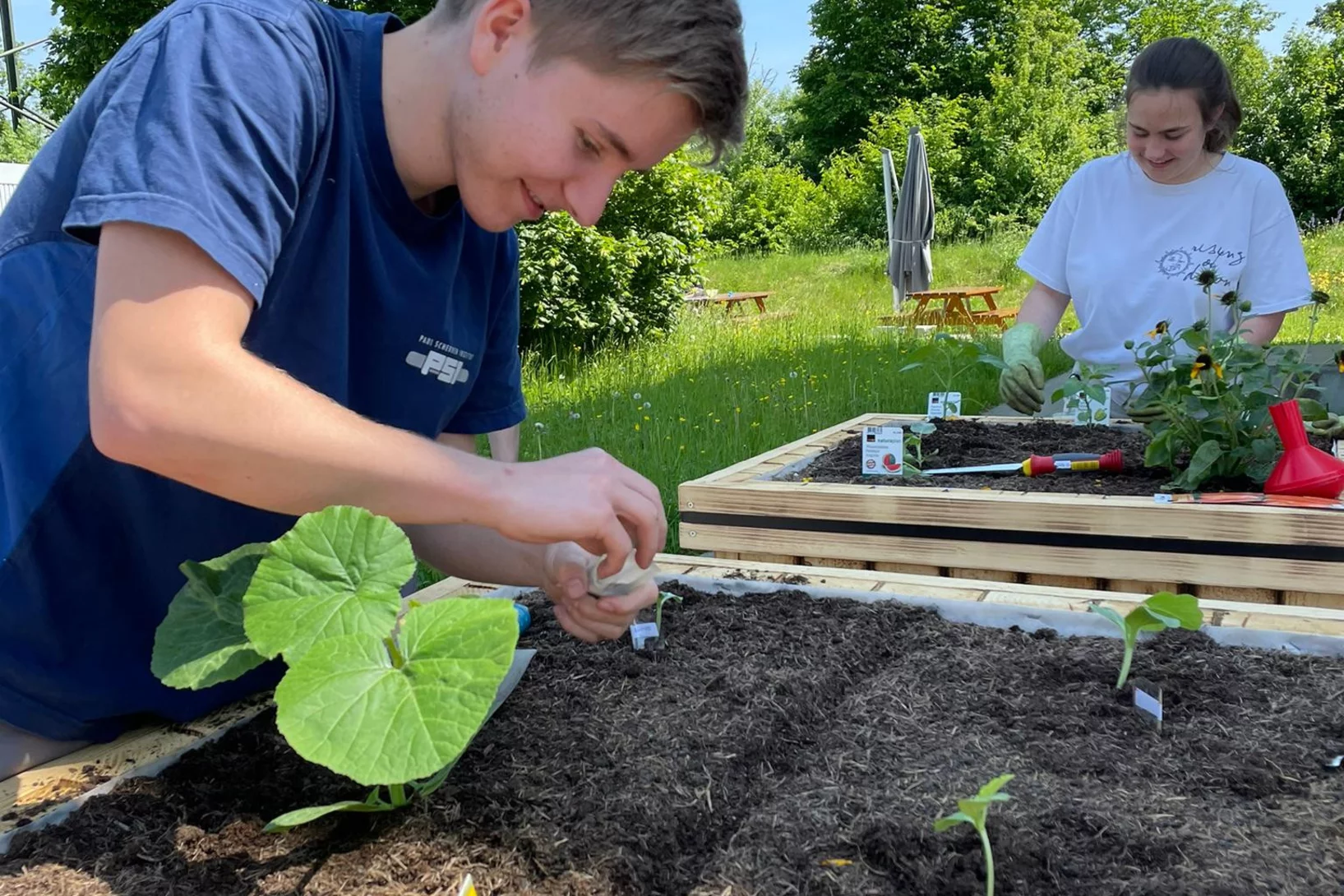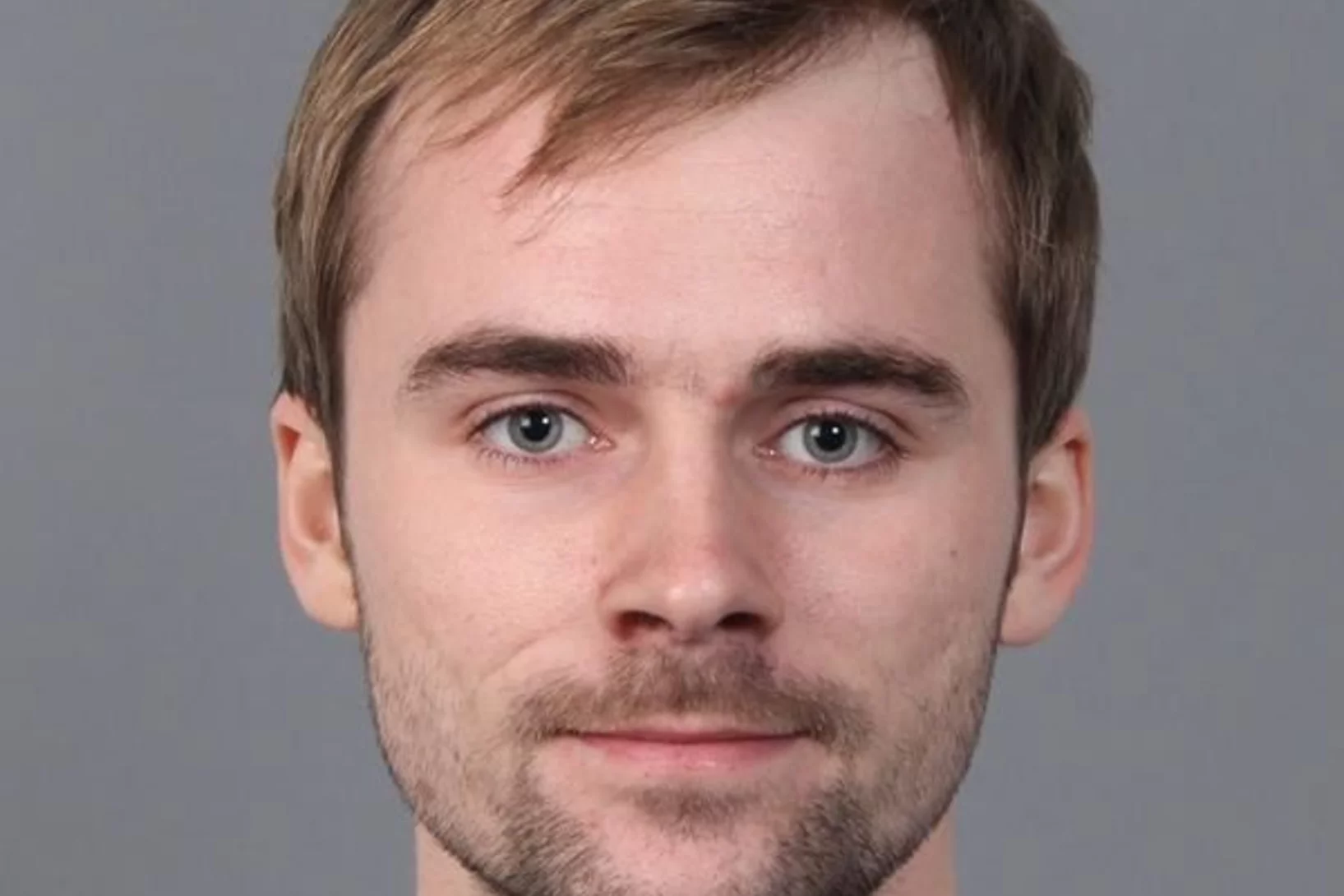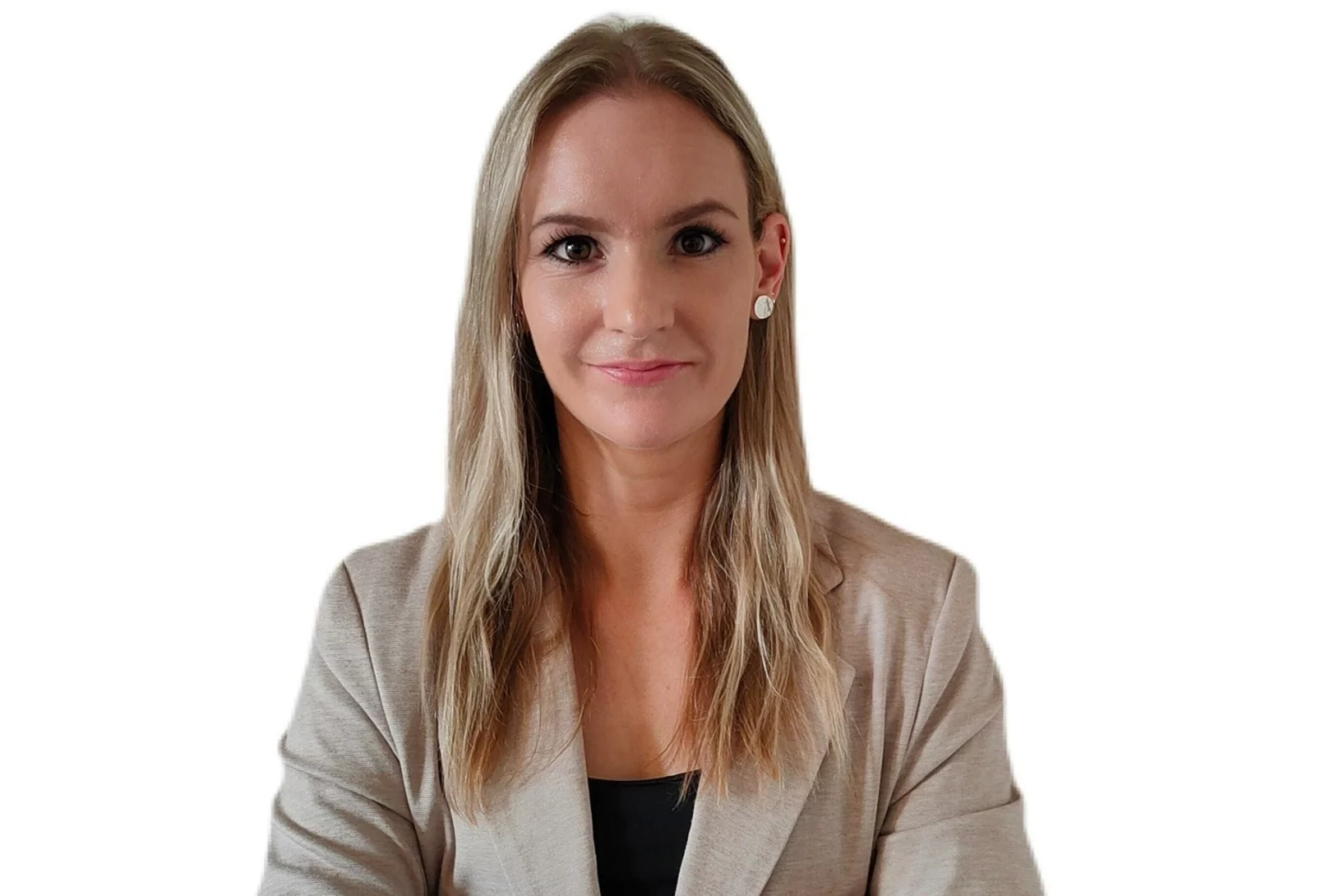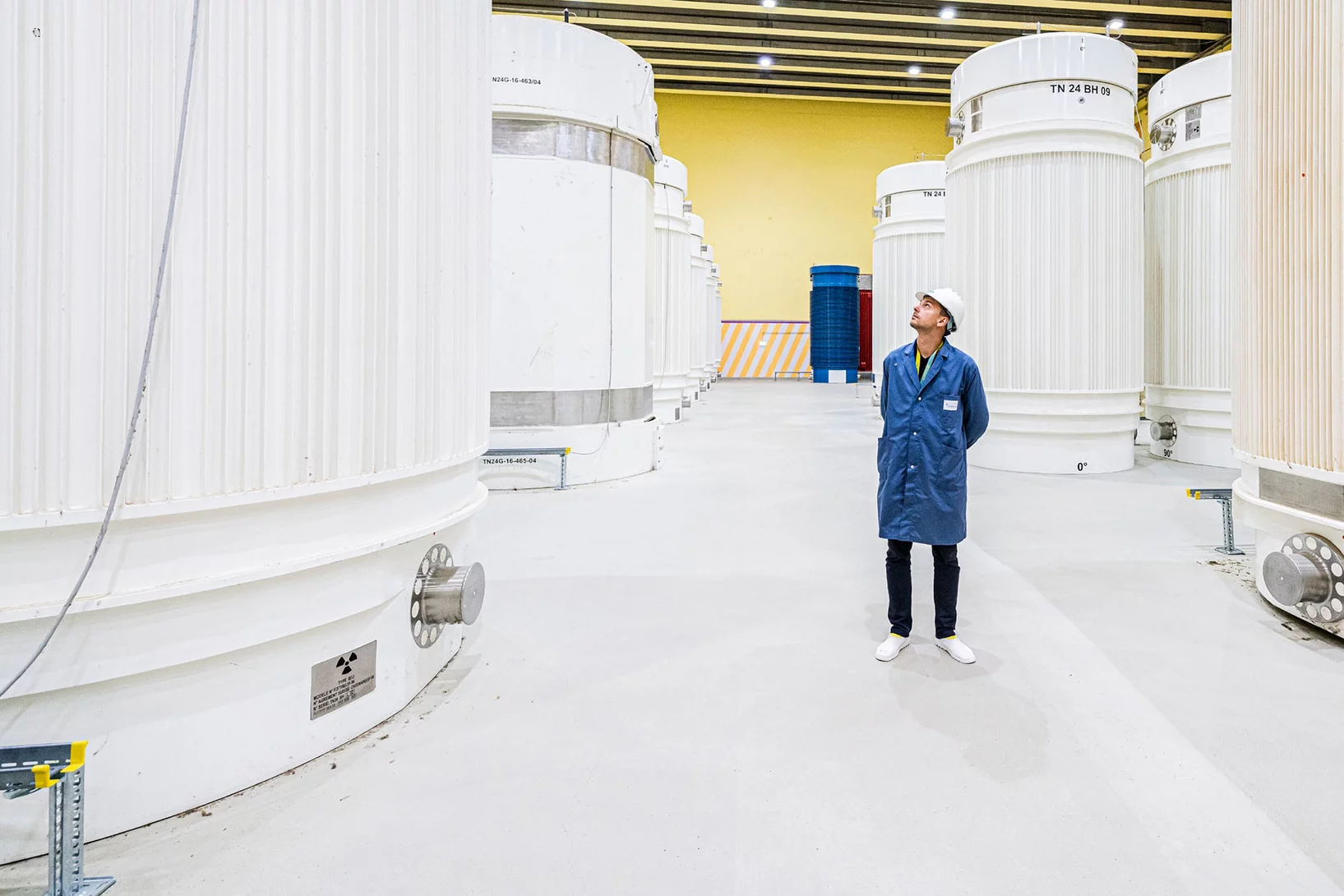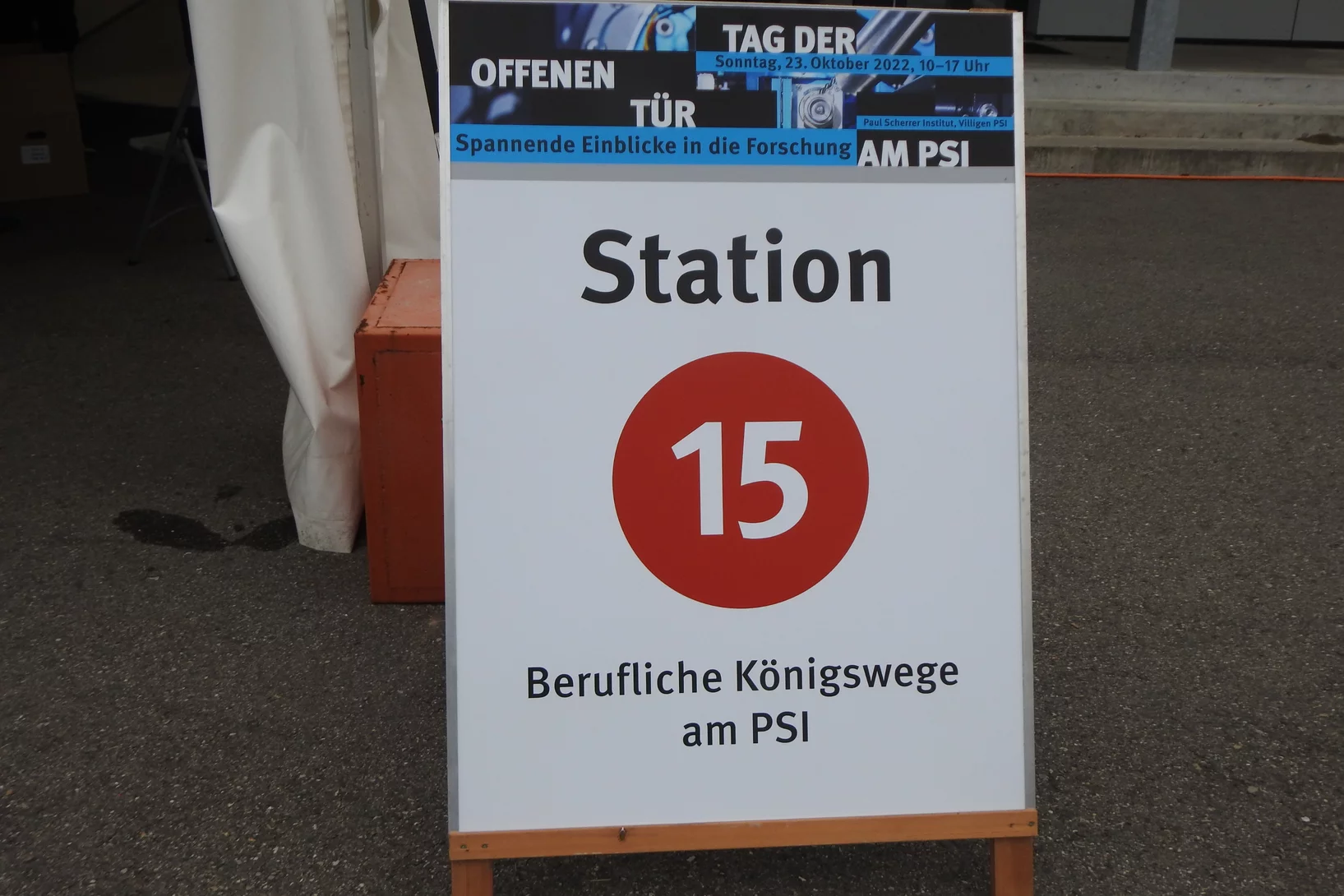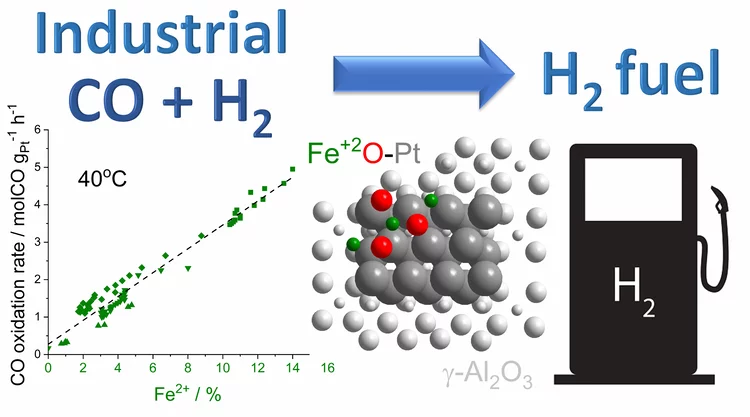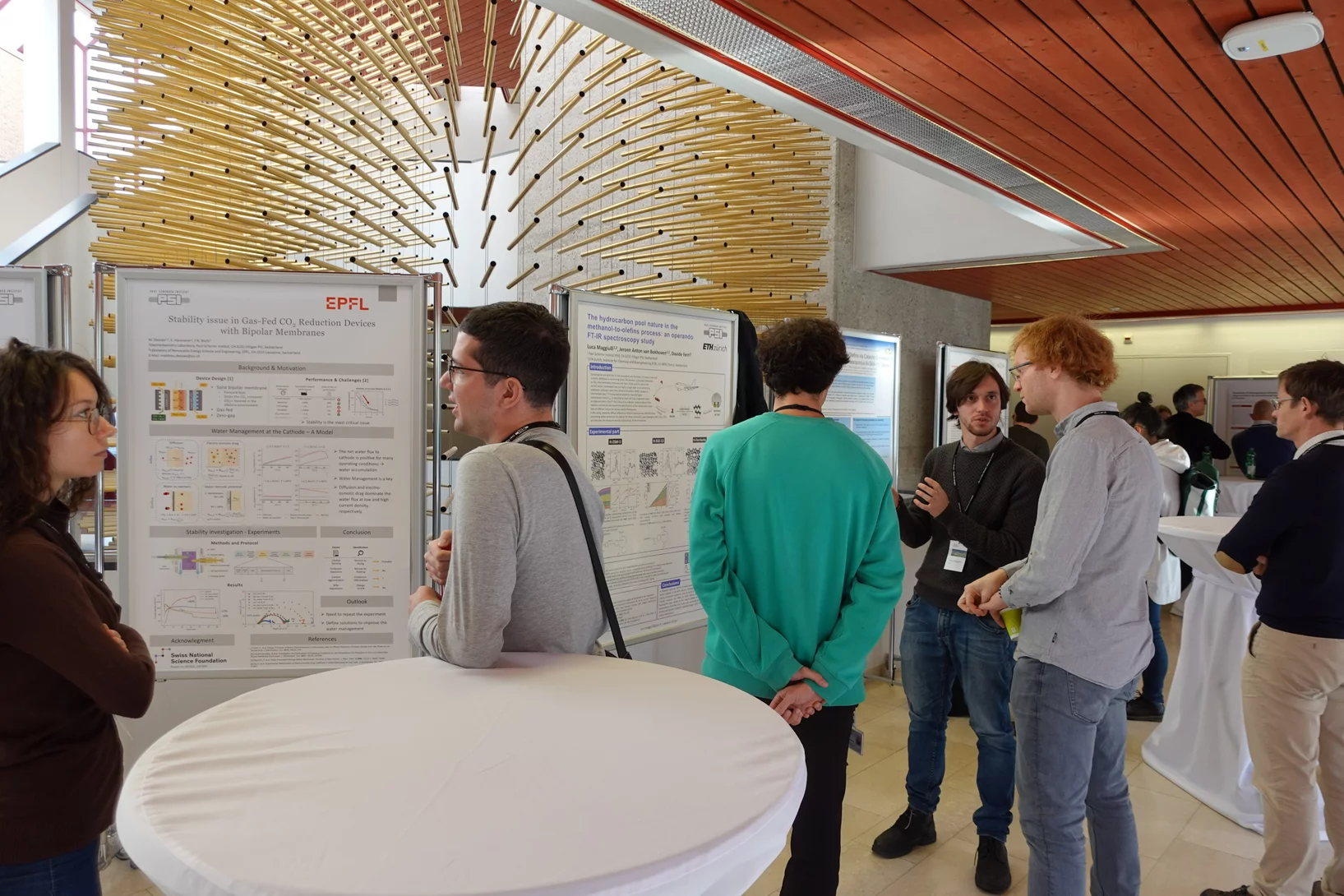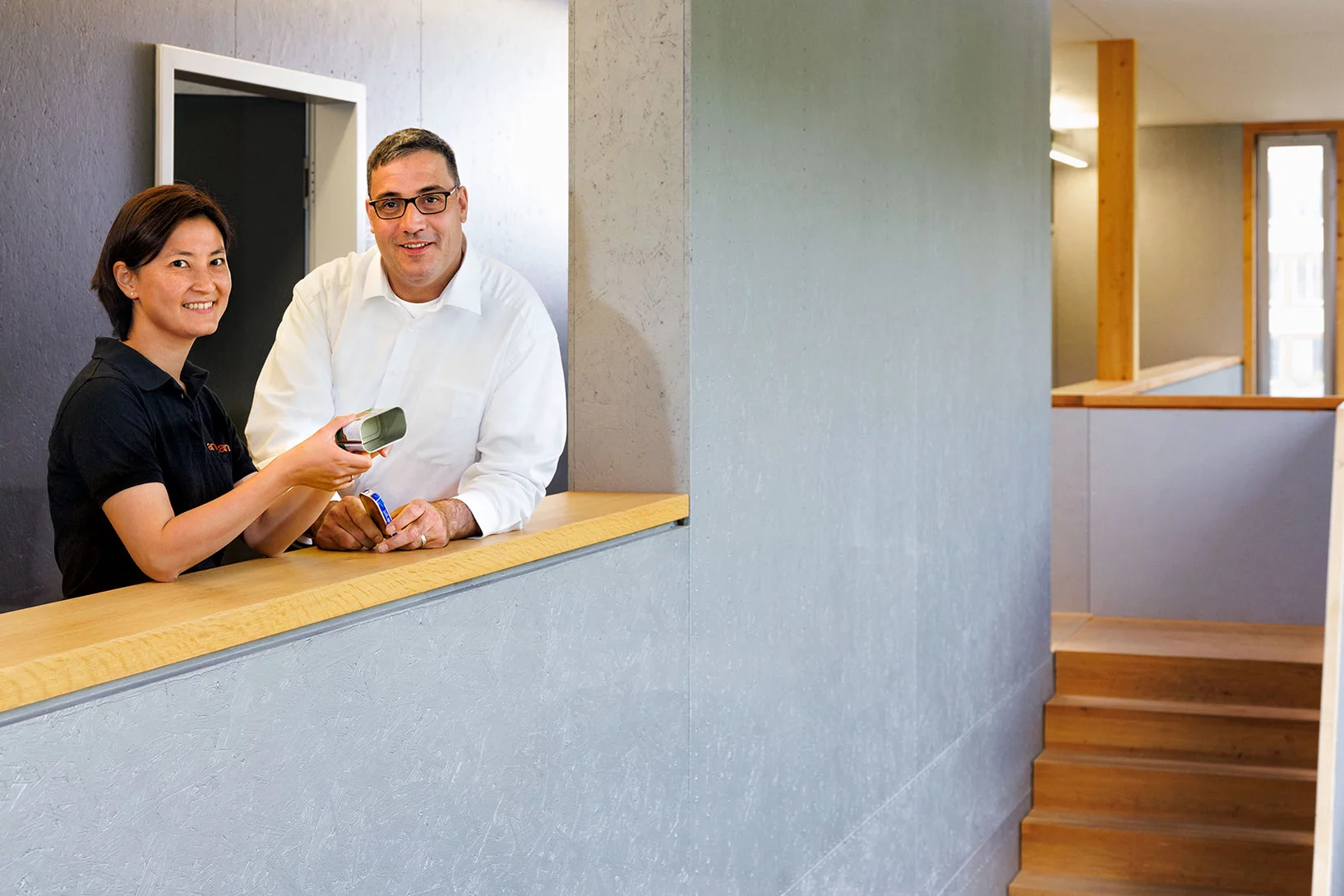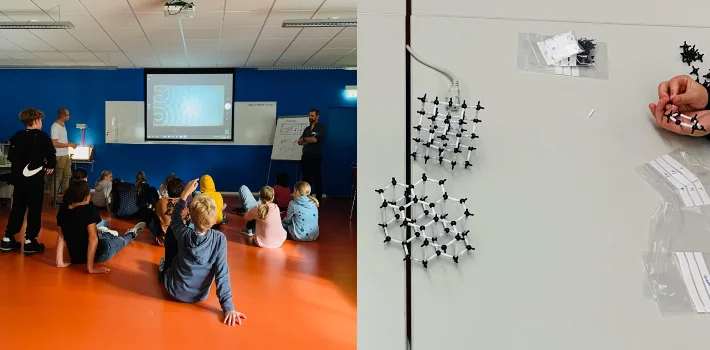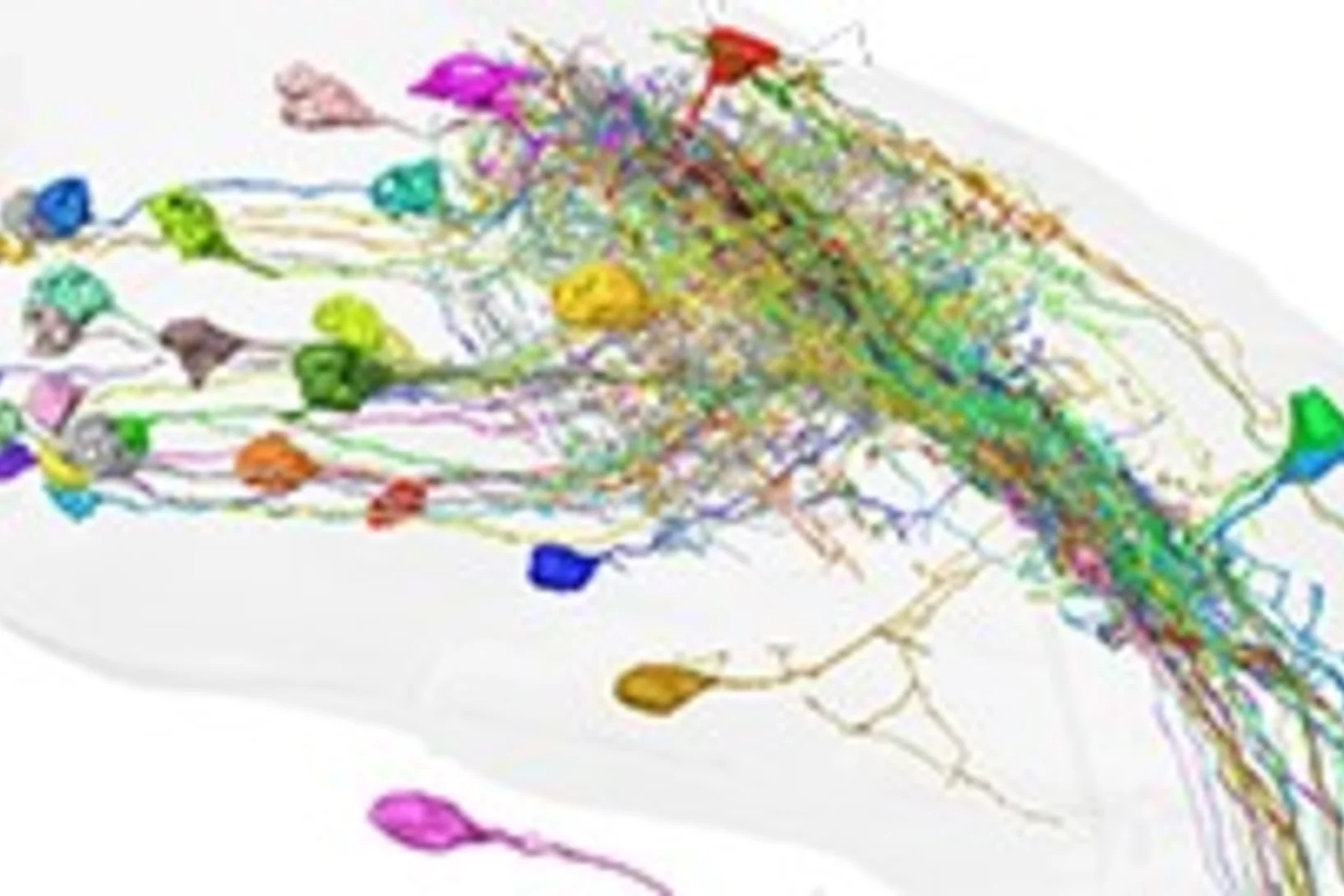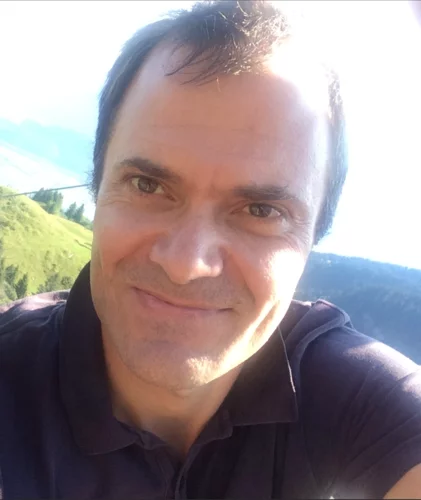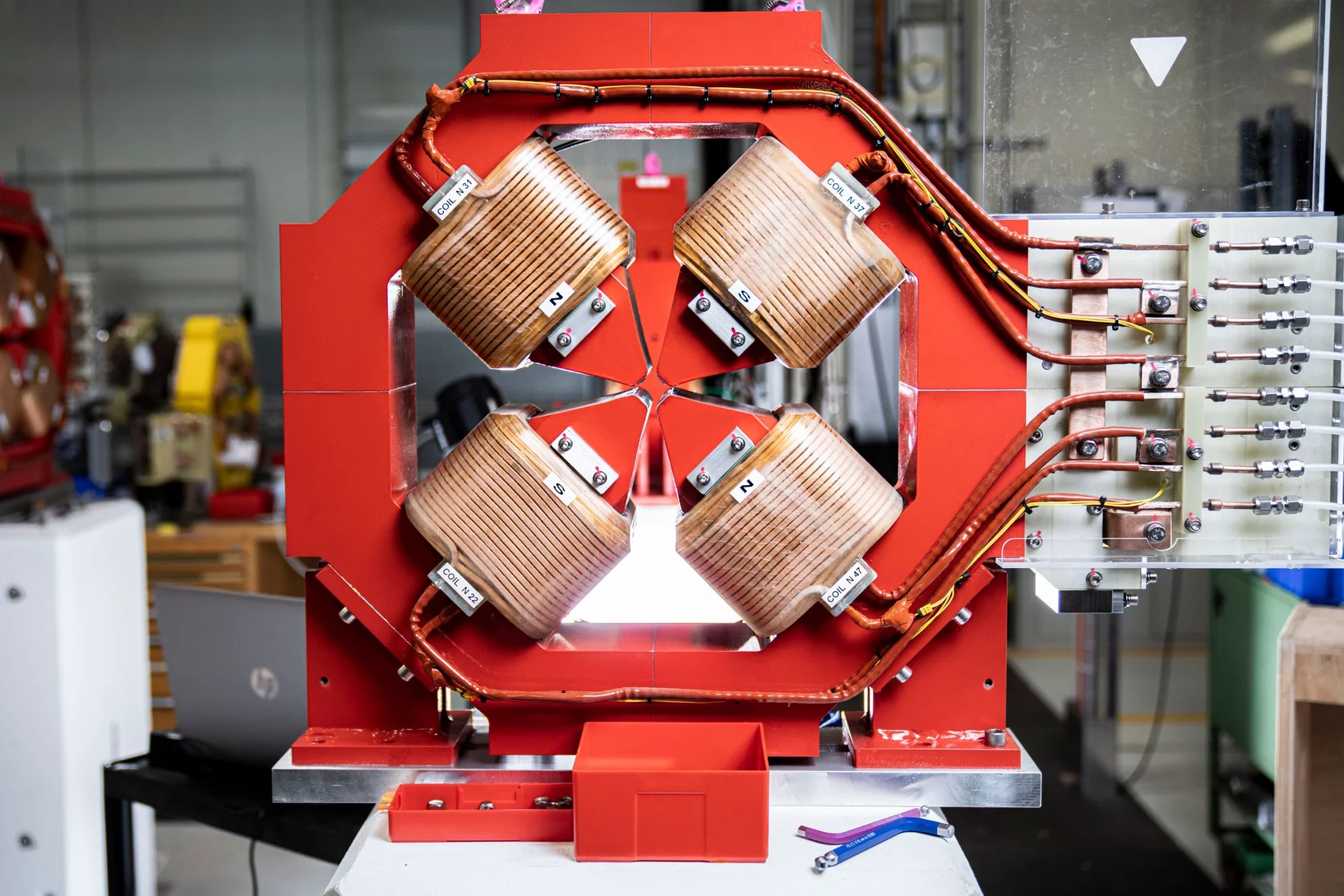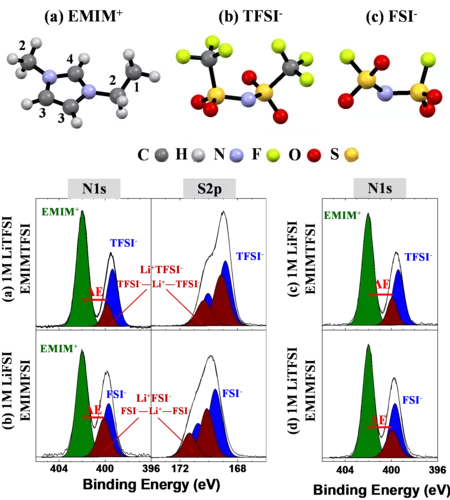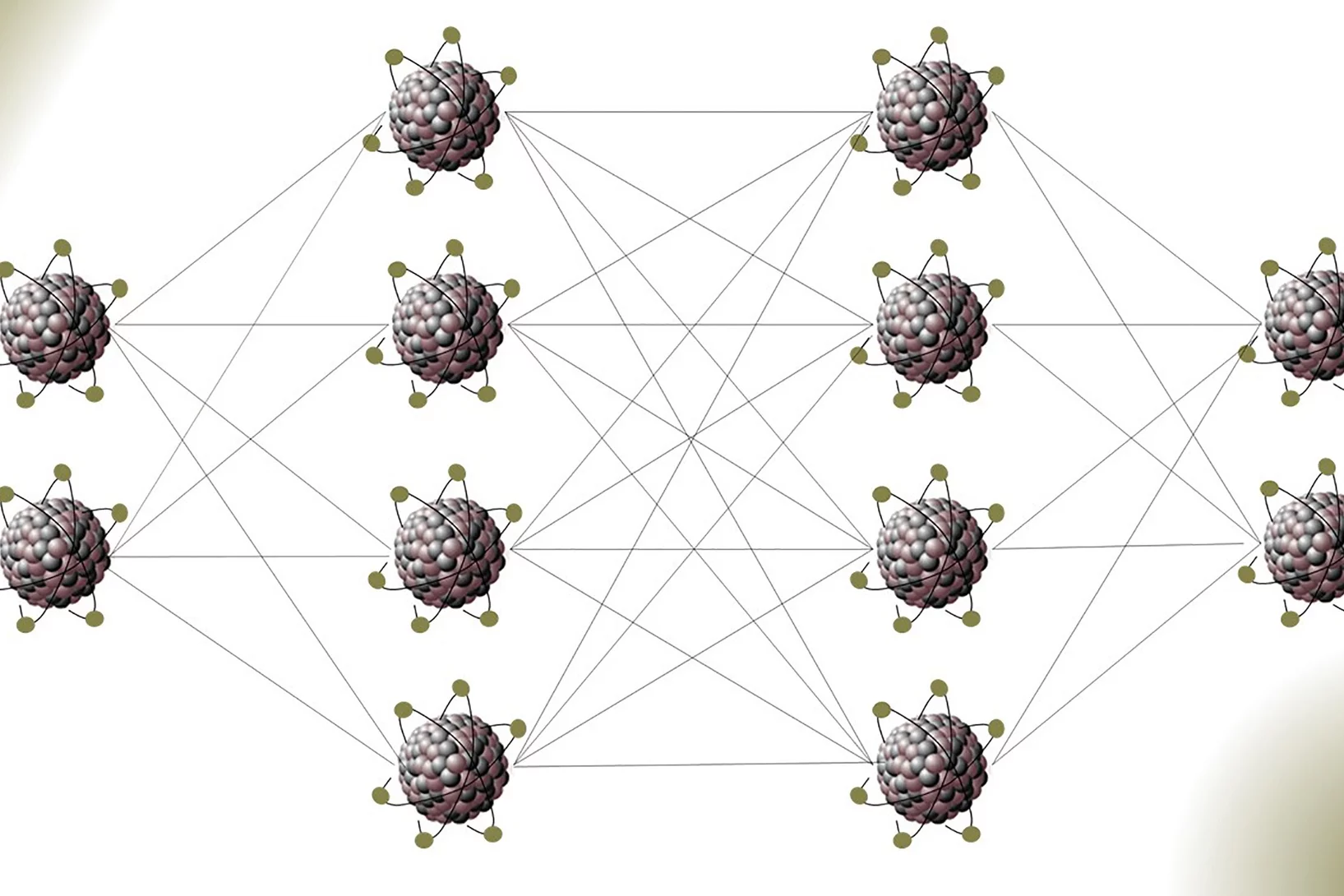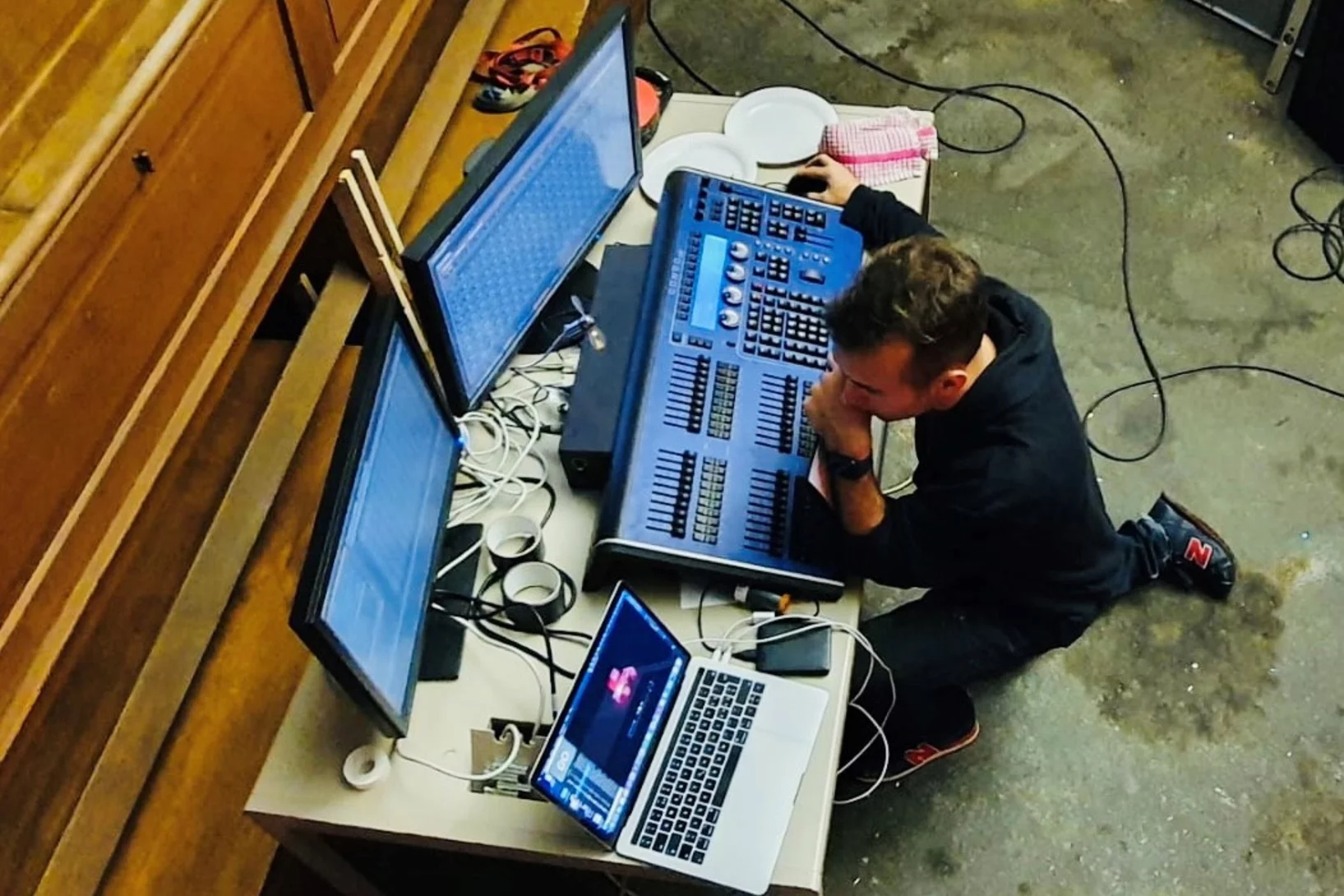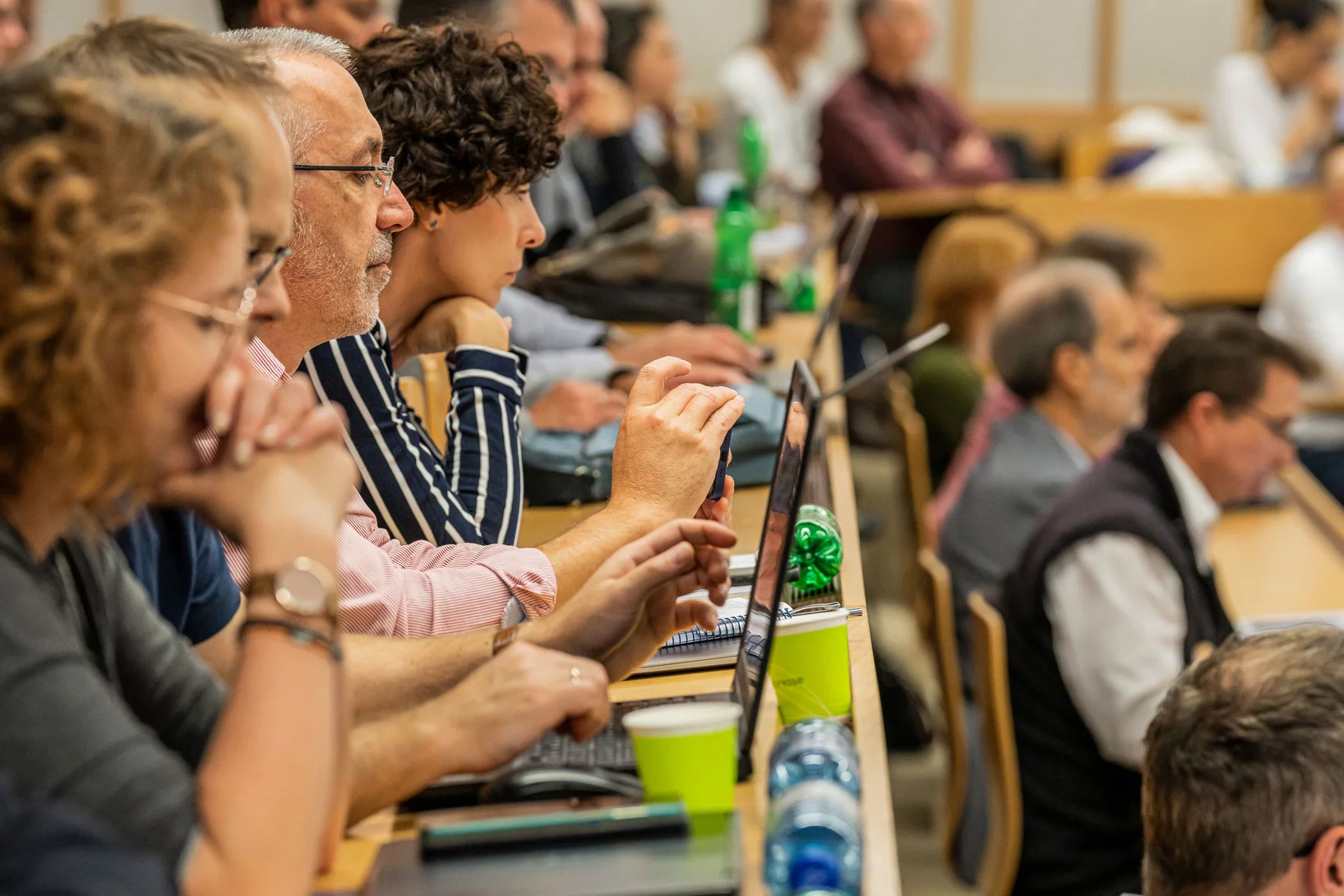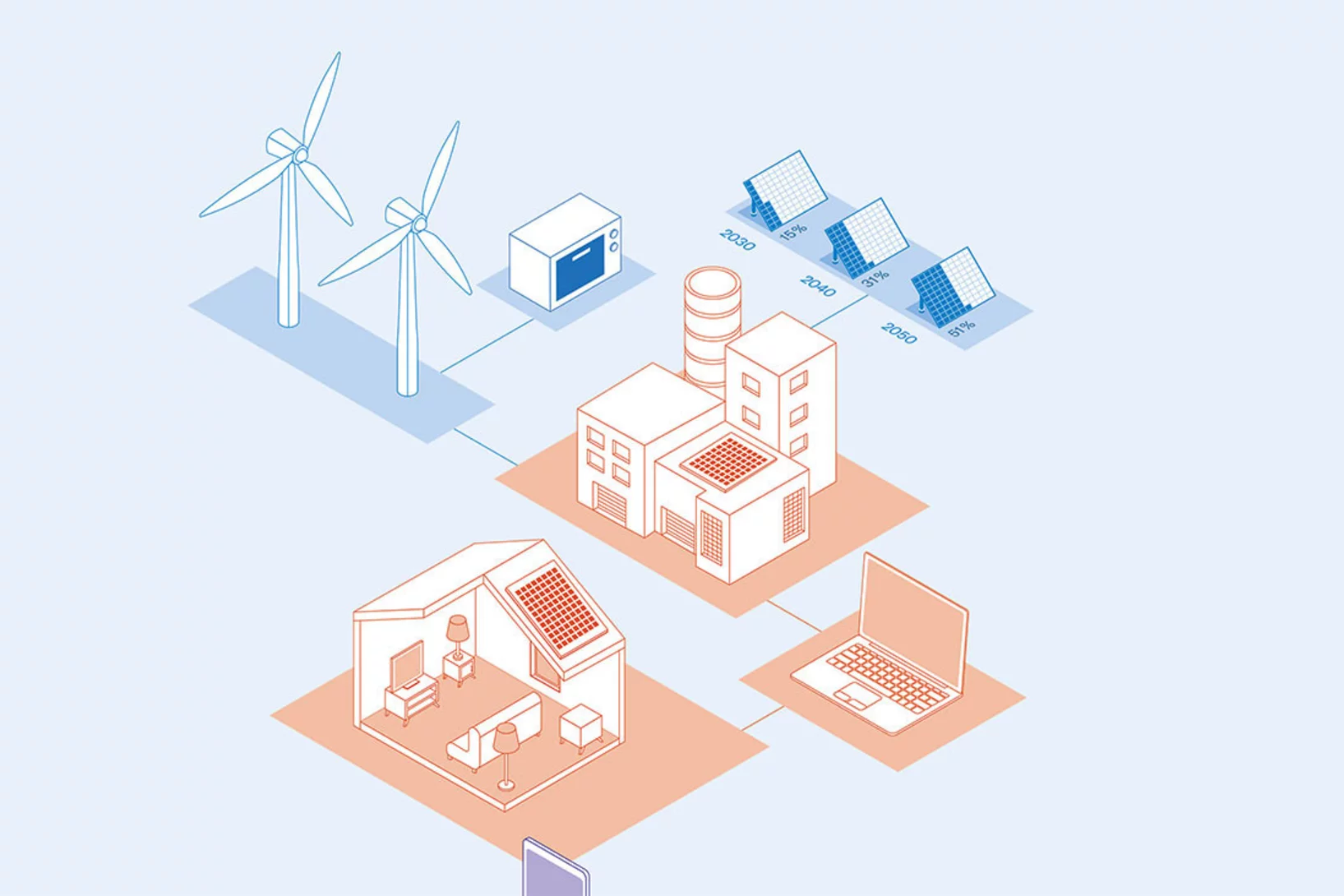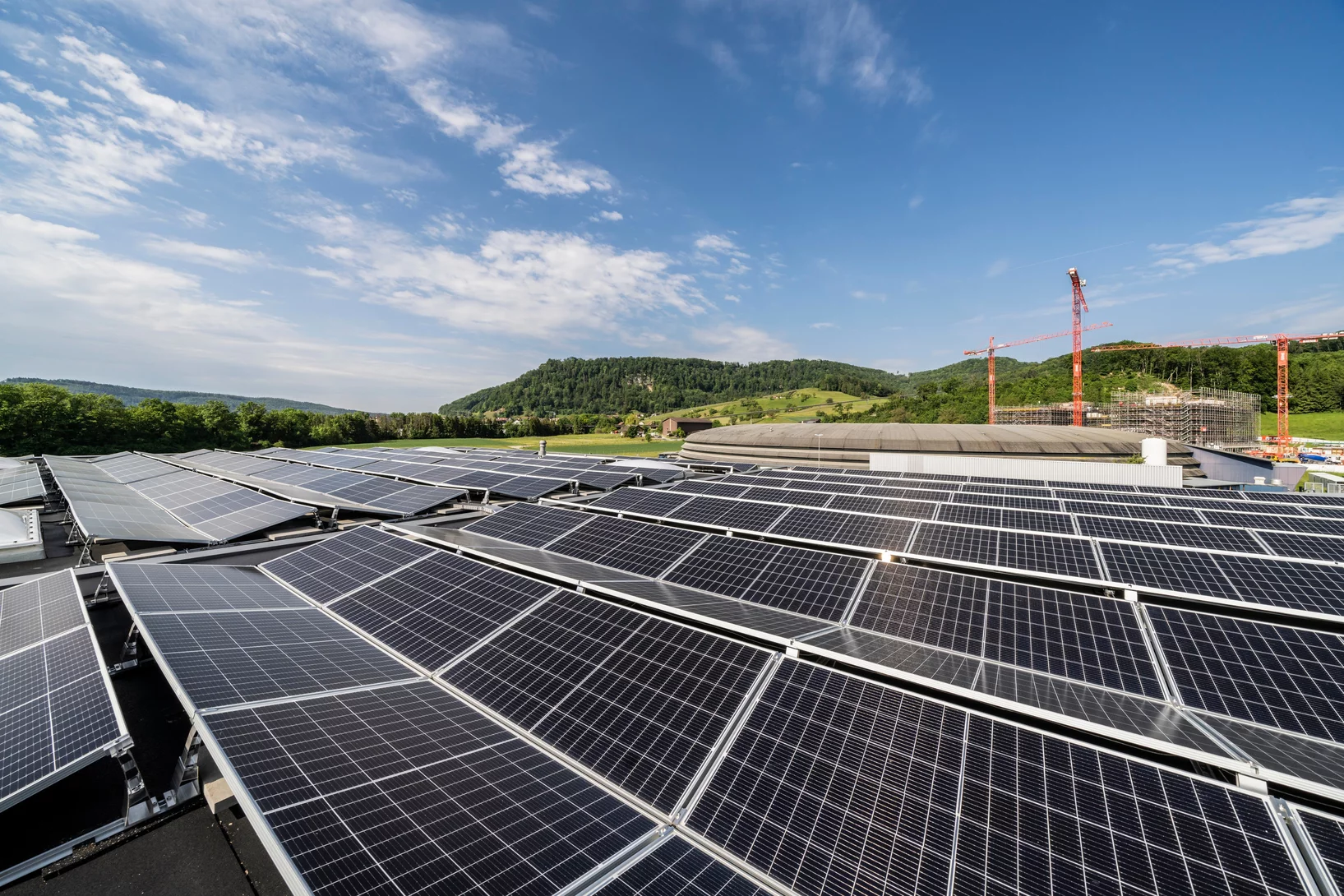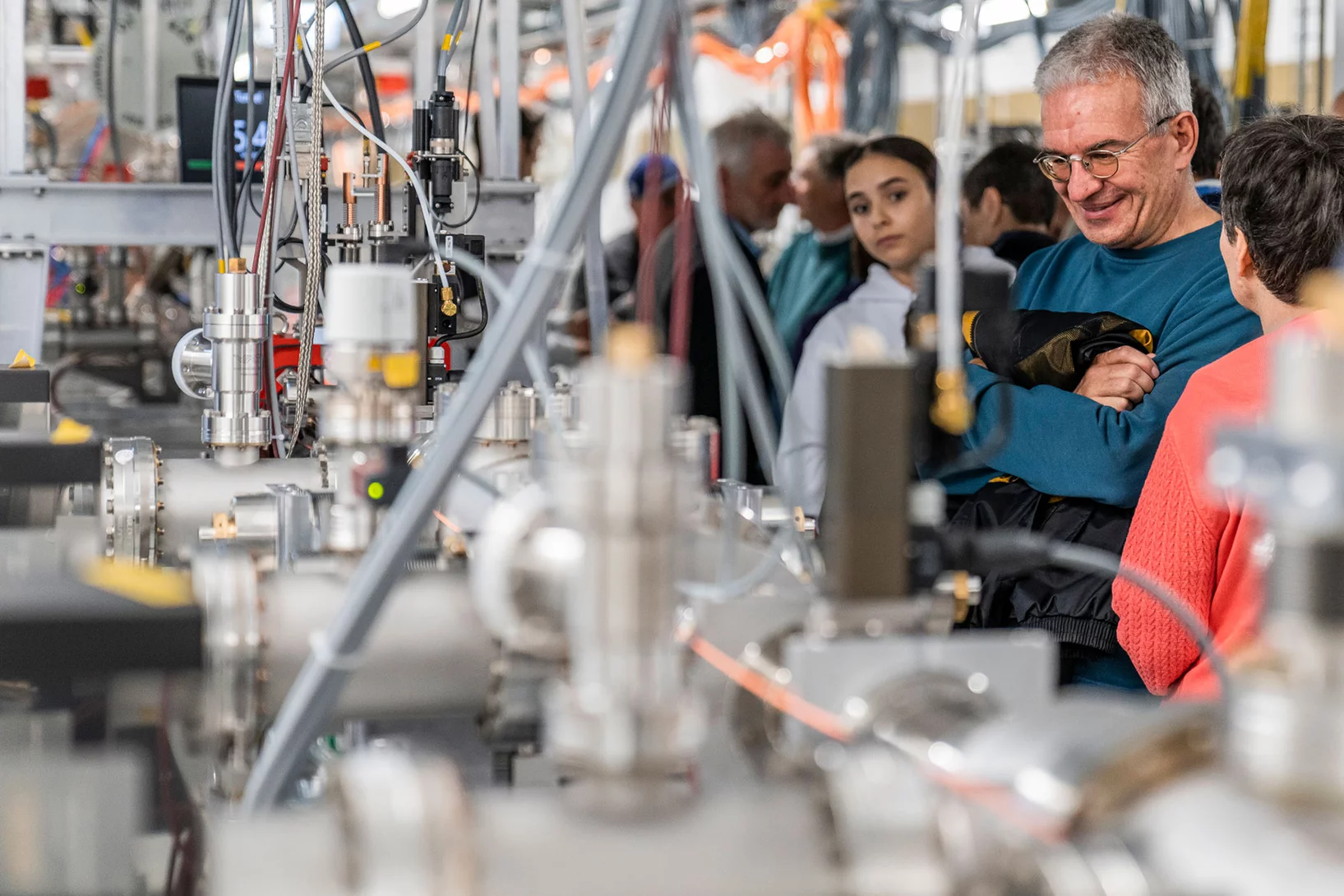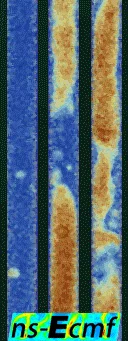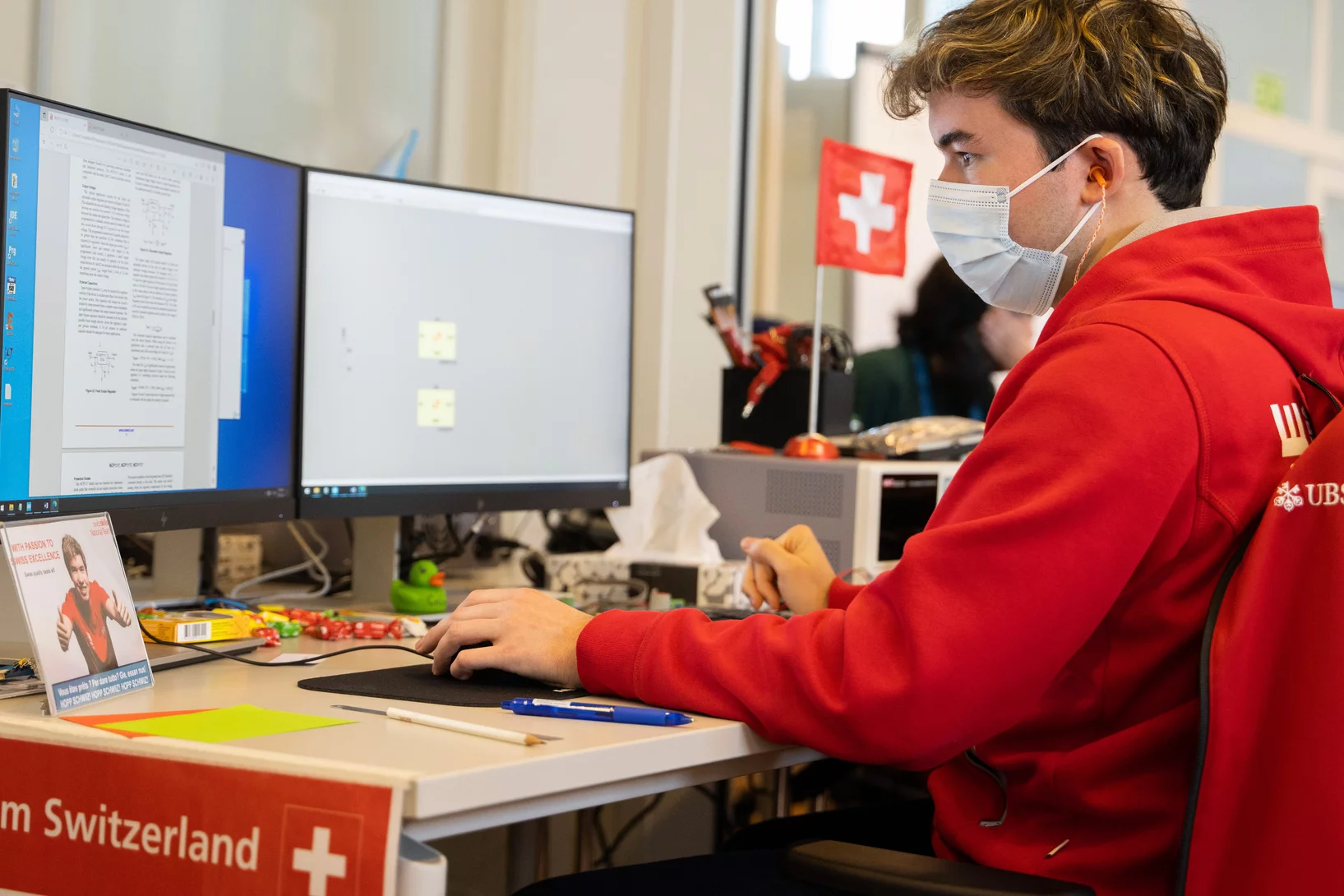Upgraded pixel detector back in action at CERN
Built at Paul Scherrer Institute, the detector forms the heart of the CMS experiment. It is producing data again following an upgrade during the LHC shutdown.
Single-domain stripe order in a high-temperature superconductor
The coupling of spin, charge and lattice degrees of freedom results in the emergence of novel states of matter across many classes of strongly correlated electron materials. A model example is unconventional superconductivity, which is widely believed to arise from the coupling of electrons via spin excitations. In cuprate high-temperature superconductors, the interplay of charge and spin degrees of freedom is also reflected in a zoo of charge and spin- density wave orders that are intertwined with superconductivity ...
Dancing molecules
When cycloalkanes are enclosed in a nanometer-sized pore, they adapt their shape - similar to the induced fit concept described in #biochemistry. The molecules do not all behave in the same way and surprisingly start to move when there is a lack of space at 5K.
Energiesicherheit
Wie kann die Schweiz die Energiewende schaffen? Antworten liefern Forschende des PSI mit einem einzigartigen Computermodell.
Perspective on muon-spin rotation/relaxation under hydrostatic pressure
Pressure, together with temperature, electric, and magnetic fields, alters the system and allows for the investigation of the fundamental prop- erties of matter. Under applied pressure, the interatomic distances shrink, which modifies the interactions between atoms and may lead to the appearance of new (sometimes exotic) physical properties, such as pressure-induced phase transitions; quantum critical points; new structural, magnetic, and/or superconducting states; and changes of the temperature evolution and symmetry of the order parameters...
Der grüne Daumen der Automatiker*innen
Überall standen bepflanzte Hochbeete im PSI Areal. Was hat es mit den «Greenboxen» auf sich?
Die Automatikergruppe erzählt von ihren Gärtnerarbeiten.
Nanotechnology group is welcoming Kevin Hofhuis
Starting in Novemeber 2022, Dr. Kevin Anthony Hofhuis joined the Nanotechnology group as an E-beam Lithography Scientist.
Welcome to the cleanroom team, Kevin!
"The skills I had acquired during my PhD were 1 to 1 transferrable in my role as a Development Scientist"
Susan Taylor completed her PhD at the Laboratory for Electrochemistry at the Paul Scherrer Institute in 2017. Today she works as a Senior Analyst at S&P Global and reflects with us on her PhD years at PSI.
Waiting for the repository
How computer simulations are helping ensuring a safe and efficient transfer of used nuclear fuel from temporary dry storage to its final resting place deep underground.
Tag der offenen Tür 2022
Station 15: Berufliche Königswege am PSI
Platinum-Iron(II) Oxide Sites Directly Responsible for Preferential Carbon Monoxide Oxidation at Ambient Temperature: An Operando X-ray Absorption Spectroscopy Study
Operando X-ray absorption spectroscopy revealed a linear correlation between the amount of oxidic Fe2+ and the ambient temperature activity of Pt−FeOx preferential carbon monoxide oxidation catalysts. The hydrogen prereduction temperature and pressure determines the amount of active Fe2+ sites for alumina- and silica-supported Pt−Fe catalysts. Catalyst deactivation is linked with the oxidation of these sites.
SynFuel Initiative Meeting
On November 7th, the SynFuel Initiative project meeting between PSI and Empa scientists took place. This was the first time the scientists involved in the collaboration met in person as this was not possible before due to the pandemic. The scientists presented their work on the sub-projects of the SynFuel Initiative to each other and had an exchange. The day ended with a tour of the SLS and GanyMeth.
Weiterbildung Kita Kiwi
Weiterbildung Kita Kiwi
Am 3. September durfte das Team der Kita Kiwi an einer tollen Weiterbildung zum Thema Vielfalt in der Kita teilnehmen.
Dort durften wir unseren Wissenshorizont erweitern und konnten Neues in unseren Alltag mitnehmen.
Von Fusionsreaktoren, Brennstoffzellen und Konservendosen
Das Technologietransferzentrum ANAXAM erleichtert den Zugang zur Materialanalytik am PSI.
Kinderuniversität Zürich visits PSI
On November 5, 2022, the Laboratory for Neutron and Muon Instrumentation in collaboration with the Correlated Quantum Matter group at the University of Zurich carried out the workshop “Wellenspiele” (German for “Playing with Waves”) for the Kinderuniversität Zürich (“Children’s University Zurich”) for the first time.
Wie funktioniert eine Karriereberatung?
‘Was machst du jetzt mit mir?’ oder ‘ich wusste gar nicht recht, was mich hier erwartet’ sind Sätze, die ich oft zu Beginn einer Beratungsstunde höre. Nicht zu wissen worauf wir uns eingelassen haben, macht Angst. Das kann sogar so weit gehen, dass wir uns sagen ‘meine Fragen sind gar nicht so wichtig, ich brauche keine Beratung’. Ich bewundere alle, die den Mut haben, trotz dieser Unsicherheit eine Beratung in Anspruch zu nehmen. Für alle, die noch im Stillen hin und her überlegen, werfen wir hier einen Blick in den Beratungsraum.
Automated synapse-level reconstruction of neural circuits in the larval zebrafish brain
Researchers from the Max Planck Institute for Biological Intelligence, Google Inc. and the Paul Scherrer Institute published a new method and data resource that makes connectomic analyses of the entire larval zebrafish brain possible.
How mixing of atmospheric aerosols affects the environment
Peering inside atmospheric particles provides clues to effects on climate and health, finds Paul Scherrer Institute and University of British Columbia study.
Michelle Worek - welcome!
A warm welcome to Michelle Worek, our new PhD student in the Laboratory of Environmental Chemistry. She will join the Analytical Chemistry group on 1 November 2022.
Harald Ita appointed Associate Professor ad personam at University of Zurich
Harald Ita, currently senior scientist at the Laboratory for Particle Physics at NUM/PSI was appointed as Associate Professor ad personam at UZH Zurich. Harald is an international acclaimed researcher in the field of theoretical high-energy particle physics.
On-track for SLS2.0: First magnet series measured
Successful measurement of the first 112 magnets puts the PSI magnet section on-schedule to measure all of the 1000+ magnets needed for SLS2.0 by July 2024.
Li-ion solvation in TFSI and FSI - based ionic liquid electrolytes probed by X-ray photoelectron spectroscopy
We demonstrate the capability of conventional laboratory XPS to determine the anions solvation shell of Li+ cation within 1M of LiTFSI and 1M of LiFSI salts dissolved in (EMIM+-FSI-) and (EMIM+-TFSI-) ionic liquids. The binding energy difference between the N1s components originating from the EMIM+ cation and from TFSI- or FSI- anions, solvating the Li+, confirms that both TFSI- and FSI- contribute simultaneously to the Li+ solvation. Additionally, the degradation of the TFSI and FSI -based electrolytes under X-ray exposure is proved.
ETSON Workshop at PSI Towards Artificial Intelligence Informed Nuclear Safety Assessments
Data science (DS) and artificial intelligence (AI) methods opens up an immense range of new opportunities and challenges in the context of continuously enhancing the complex methodologies used as basis for nuclear safety assessments. To this aim, following discussions in the ETSON Technical Board on Reactor Safety, the PSI laboratory for reactor physics and thermal-hydraulics organized on October 20-21, 2022, an international workshop to review and discuss DS/AI within ETSON, the network of European research and expert organizations providing scientific support to national nuclear authorities. With close to 40 participants, the workshop, organized as a hybrid meeting, allowed to put in evidence that similarly as at PSI, a wide and growing range of developments with integration of DS/AI methods are currently taking place in order to complement and/or inform nuclear safety analysis methodologies.
Portrait Noah Piqué
Interview mit Noah Piqué in "Der Botschaft" Kategorie "Menschen im Zurzibiet"
LEAPS research infrastructures to tackle societal crises
Against a backdrop of the energy crisis, scientists and policy makers convene at Paul Scherrer Institute PSI and set out a vision for European light sources
«Versachlichung würde extrem helfen»
Die Energiedebatte benötigt mehr Fakten und weniger Bauchgefühl – dafür plädieren der Experte für erneuerbare Energien Thomas J. Schmidt und Kernenergieforscher Andreas Pautz.
Technology Briefing zum Thema "Photovoltaik": Technologien, Systemintegration und Implikationen
Am 1. Dezember findet an der Empa in Dübendorf ein Technology Briefing zum Thema Photovoltaik statt.
Wann: 01.12.2022; 14:00 – 18:00 Uhr
Wo: Empa-Akademie, Dübendorf
Das von den Forschungsinstituten CSEM, Empa und PSI gemeinsam organisierte Event beleuchtet das Potenzial der Photovoltaik, stellt PV-Technologien der nächsten Generation vor und geht Fragen nach, wie die technischen Systemintegration der Anlagen gelingen kann und welche Auswirkungen eine stärkere Abhängigkeit von PV für unsere CO2-Emissionen, den Materialverbrauch und die Wirtschaft haben werden.
Der Anlass richtet sich an Experten und Interessenten aus Industrie und Forschung. Erfahren Sie mehr darüber, wie die Solarenergie uns helfen kann, unseren steigenden Energiebedarf zu decken und gleichzeitig einen Beitrag zu unseren Klimazielen zu leisten.
Wir freuen uns auf Ihre Teilnahme!
Tag der offenen Tür 2022
Stickstoff-Glacé, Spanisch-Brötli-Bahn und ganz viel Wissenschaft – das PSI lud zum Tag der offenen Tür und liess die Bevölkerung den Puls der Forschung fühlen.
Award winning work on high-resolution X-ray radiography methods for boiling experiments at high pressure.
Light Water Reactors (LWRs) such as the ones operating in Switzerland work at relatively high temperatures and pressures. As a consequence, thermal-hydraulics experiments investigating relevant LWRs phenomena at prototypical conditions require test sections with relatively thick steel walls. This poses significant challenges for the implementation of suitable instrumentation to capture phenomena of interest, such as the flow regimes during transition from liquid to steam. The characterization of flow regimes in the presence of boiling is rather complex, and their better understanding would allow to develop mathematical modeling tools that can be used to optimize equipment and better assess safety margins. To perform in-situ measurements of the boiling process under high-pressure conditions, the team of authors from PSI, ETH, and the University of Michigan has developed a new high-fidelity and high-speed imaging system based on x-ray radiography, which provides high-resolution details on the boiling process while being non-intrusive. Since the instrumentation is located outside of the test section, it has also the advantage that can be easily moved to take measurements in different region of the test sections.
Silbermedaille der Elektronik für Mario Liechti
PSI-Elektroniker Mario Liechti gewinnt bei den Weltmeisterschaften der nicht akademischen Berufe den zweiten Platz.

